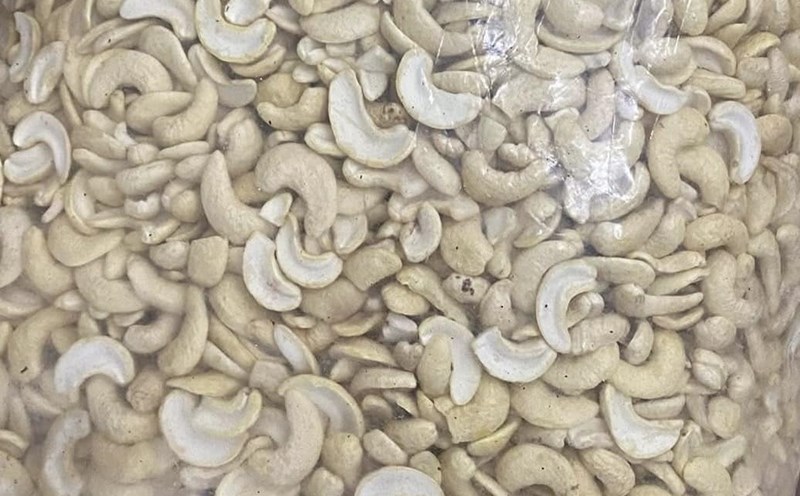Walnuts contain high levels of omega-3 fatty acids (ALA), fiber, protein and antioxidants, which not only support the heart but also improve insulin sensitivity and control blood glucose levels.
People who ate 30g of walnuts per day for 6 months had a 0.3% decrease in HbA1c levels and a 7% decrease in insulin resistance, compared to the non-users.
ALA (alpha-linolenic acid) in walnuts also helps reduce chronic inflammation, the underlying cause of many metabolic diseases, including diabetes.
Mechanisms to help stabilize blood sugar in walnuts:
Reduces glucose uptake: With 2g of soluble fiber per serving (30g), walnuts slow down the digestion of carbohydrates, thereby reducing the sudden increase in blood sugar after eating.
Increased satiety: unsaturated fats in walnuts help stimulate the secretion of the hormone GLP-1, a hormone in the intestines that reduces hunger and increases blood sugar metabolism.
Reduce visceral fat, factors related to insulin resistance: Regular consumption of walnuts helps reduce visceral fat accumulation and improve pancreatic function, the insulin producer.
How to use walnuts effectively for people who need to stabilize blood sugar:
Ideal dosage: 6-8 walnuts per day (equivalent to 25-30g), eaten for breakfast or afternoon.
How to use: Can be eaten raw, lightly roasted without salt, mixed with unsweetened yogurt or vegetable salad.
Combined with other foods: Mixing walnuts with oats or plant milk helps create a snack with a low glycemic index (GI < 55), good for people with diabetes.
Do not roast with sugar or salt; avoid using too much because of the high calorie content (about 200kcal/30g).
The American Heart Association (AHA) recognizes that eating walnuts 3-5 times a week helps reduce the risk of metabolic syndrome, which includes hyperglycemia, high blood fat and high blood pressure.
Nutrients magazine published a 12-week clinical trial that showed that the group of people who ate walnuts had an 8% reduction in fasting blood sugar, and an 16% reduction in insulin resistance compared to the control group.











